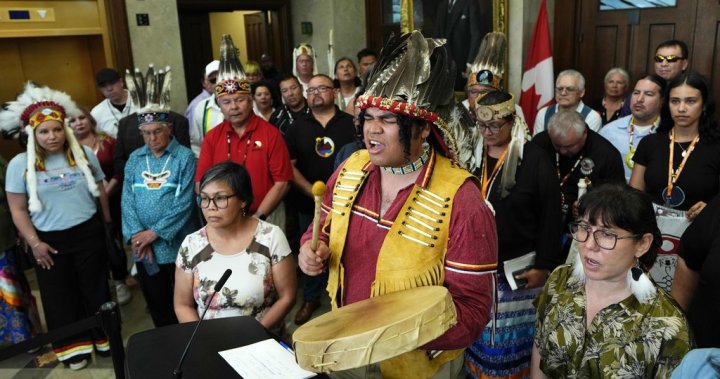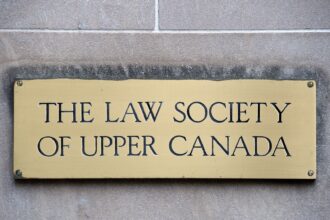In a significant shift that has reshaped the landscape of Indigenous governance legislation, the Canadian government has removed a controversial cabinet power from Bill C-53, addressing a key concern that had threatened to derail the proposed legislation’s progress through Parliament.
The amendment eliminates a provision that would have granted cabinet sweeping authority to designate which Indigenous communities could access self-governance rights outside the constraints of the Indian Act—a colonial-era legislation that has long been criticized for its restrictive control over Indigenous communities’ autonomy.
“This amendment represents a fundamental recalibration of the relationship between the Crown and Indigenous Peoples,” said Mark Carney, Minister of Indigenous Services, during a press conference at Parliament Hill yesterday. “We’ve listened carefully to feedback from Indigenous leaders and have responded by removing what many viewed as a paternalistic element from this transformative legislation.”
The bill, officially titled the “United Nations Declaration on the Rights of Indigenous Peoples Implementation Act,” has been positioned as a critical component of the government’s reconciliation agenda. However, the original provision granting cabinet discretionary powers had sparked widespread criticism from Indigenous leaders, legal experts, and opposition parties.
Chief Wilton Littlechild, a prominent Indigenous rights advocate, welcomed the change: “Removing this cabinet authority acknowledges that self-determination cannot come with government-imposed conditions. True self-governance means Indigenous communities must determine their own readiness and approach.”
The amendment comes amid growing pressure on the government to demonstrate meaningful progress on Indigenous rights. Statistics Canada reports that Indigenous communities continue to face significant socioeconomic challenges, with on-reserve unemployment rates approximately three times the national average and infrastructure deficits exceeding $30 billion across First Nations communities.
Analysis from the CO24 Politics desk suggests this amendment may help salvage a bill that had been facing increasing resistance in committee hearings. Opposition critics had specifically targeted the cabinet authority provision as evidence the legislation maintained colonial power structures while claiming to dismantle them.
The revised bill now establishes a more collaborative process where Indigenous communities can initiate their own governance transitions based on community-developed criteria and timelines, rather than awaiting cabinet approval.
Financial implications of the amendment remain significant, according to CO24 Business analysis. The legislation could potentially unlock economic development opportunities worth billions in resource development, infrastructure, and community enterprises by removing bureaucratic barriers that have historically hindered Indigenous economic participation.
“This represents a potential paradigm shift in how Indigenous economic development proceeds in Canada,” explained Dr. Pamela Palmater, Chair in Indigenous Governance at Toronto Metropolitan University. “Communities that choose self-governance pathways could see dramatic reductions in regulatory barriers that have historically limited economic opportunities.”
The bill’s revision comes as Canada faces increasing international scrutiny over its treatment of Indigenous Peoples, with the United Nations Special Rapporteur on Indigenous Rights recently calling for accelerated implementation of self-determination principles.
As the legislation moves toward a final vote, questions remain about implementation funding, transition support, and how quickly communities can expect to see tangible changes in their governance relationships with Ottawa. Will this amendment truly mark the beginning of a new era in Crown-Indigenous relations, or will implementation challenges create new barriers to the self-determination that Indigenous communities have sought for generations?


















